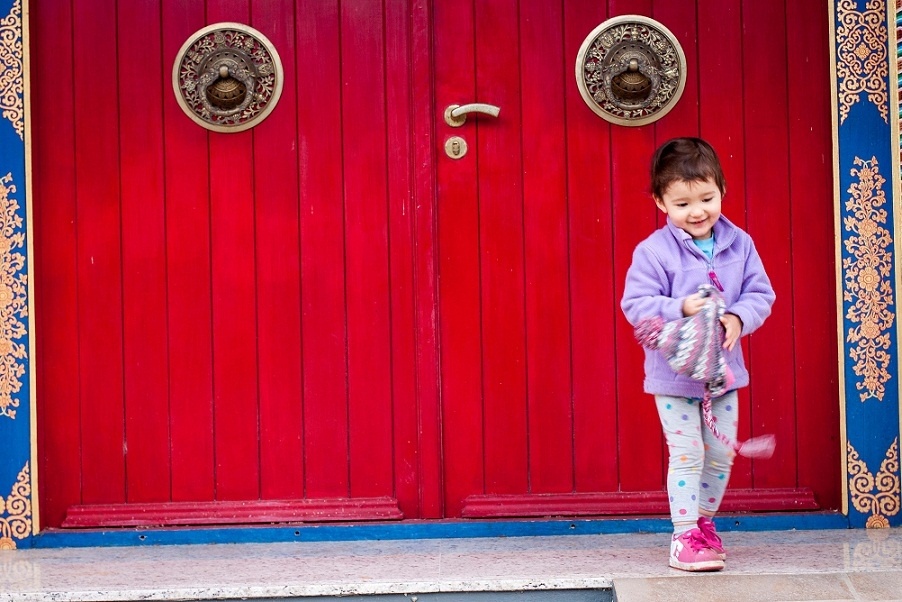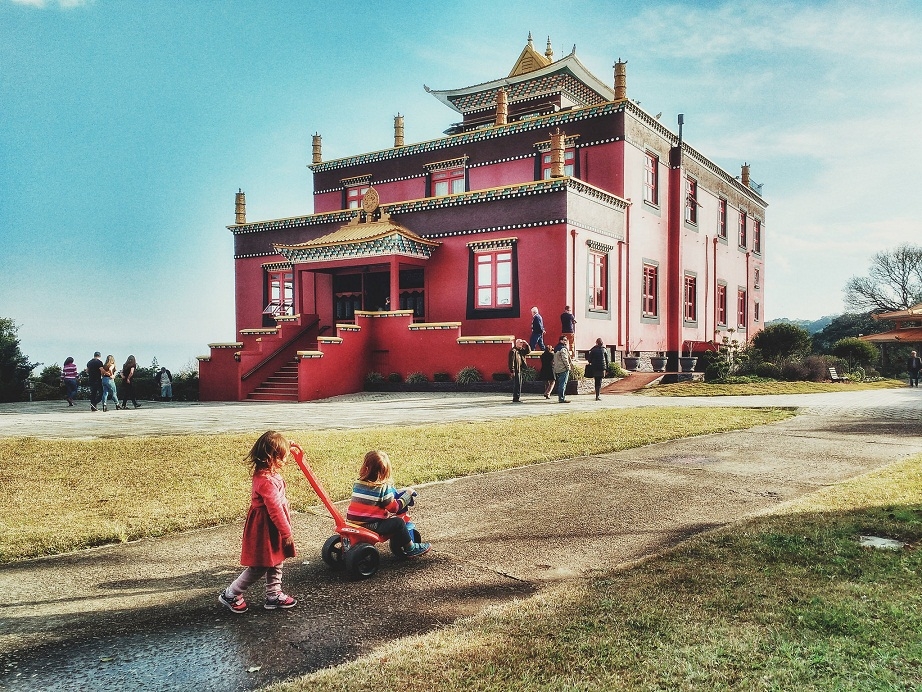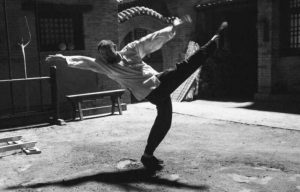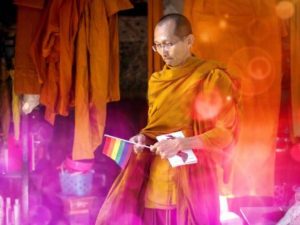
When my mother’s gorgeous fawn pug, Bergamot, passed away, my daughter Amaya was not quite four years old. At the time, I could identify with King Suddhodana for hiding sickness, old age, and death from his son, Prince Siddhartha. As parents, our protective instinct can be misguided, and sometimes it just feels easier to avoid the truth. Explaining death to a child is a moment that needs some inner clarity since the subject isn’t easy for most of us, even as adults.
When Bergamot, who we mostly called Bergie, passed, Amaya came to me with many direct questions about death. Will I be able to play with Bergie again? Why did she die? I tried not to panic and to answer honestly. I explained that Bergie’s body had stopped working and that this was natural—that no one’s body would last forever. I said that Bergie was on her way to the next life and would have a new type of body soon. However, death is a topic I imagined I would only have to broach much later, and I found that I was even inclined to edit fairy tales that mentioned death.
Children can experience the loss of their own pets at an early age, and also sometimes encounter dead insects and birds. One time, our dog killed a rat, and Amaya was very upset. We did prayers for the rat and also for our dog, who had caused the harm. There have been times when I thought that Amaya and other children would be frightened by the death of a bird or an animal, but have been surprised to find that instead of being afraid, they want to do something to help the deceased being. When my youngest daughter, Leela, has come into the shrine room cradling a dead beetle, I have had to stop myself from saying, “yucky, don’t touch!” The sangha children will often initiate a request for a prayer when they find a dead animal, bird, or insect outside.
Sometime after Bergie’s and other canine friends’ departures, Amaya asked if I, too, would die someday. Even though I have contemplated the impermanent nature of things, including my own life (as an analytical meditation), many times, when the question was posed to me by my young daughter I could see how uncomfortable I still was with the topic. I sighed and smiled and said yes, everyone who is born will someday die, but inwardly I hoped that she wouldn’t ask too much more.

It is curious that as adults we are uncomfortable thinking about and discussing the one certainty in both our own lives and the lives of those around us—that at some point, this life will end. I have observed that when we take the time to reflect on this, it can bring us so much growth. Within my own family, I have seen relationships heal and increased appreciation for the time together that remains, when confronted with the possibility that it may not be as long as we had hoped. When faced with impermanence, we often forgive others and express our love for one another.
When my father passed away, I was not quite 19. The loss was hard, but it also felt like a tremendous gift from my father—a chance to recognize that our lives are impermanent. I saw how, in dealing with a terminal illness, his priorities changed. Growing up, I had heard many times, “Study hard, get ahead, and make a good living,” but as his health deteriorated the message changed some. He would add, “Study the Buddha-dharma, because when you die, there are no material gains that you can take with you—nor your friends and family.” Books like The Words of My Perfect Teacher by Patrul Rinpoche had become a companion for him, and I could see the change in his way of relating to illness and death.
Now, as an adult who accepts the Buddhist teaching that all compounded phenomena are impermanent, and also having had more life experience since my father’s passing, it seems ever clearer that negating this truth causes us additional suffering. In general, we all fixate on things and experiences as lasting, which they are not. I often think about how can I raise my children without denying this truth, or at least, making the recognition of it more accessible.
While going through piles of toys that are no longer favorites or much played with, Amaya and I have reflected together about how the happiness that comes from new things doesn’t last very long. One day, in the shrine room at Khadro Ling, Amaya saw an image of skulls. She asked what they were, and I said that the image was to remind us of impermanence. She didn’t ask anything else, and the moment passed. Then, a few weeks later a toy broke at home, and I said something like, “Oh, too bad, but it reminds us that toys don’t last.” It struck me when she immediately replied, “Like the skull picture in the temple.”
Other moments when we have spoken about death recently include the passing of some of the great lineage masters, such as HH Chatral Rinpoche and HH Sakya Dagchen Rinpoche. I expressed homage for their teachings and explained the loss gently, emphasizing their life accomplishments and rejoicing in the blessing of those accomplishments. When a great master passes, we try to remember together that it is a time to receive their blessings. At other times, Amaya has overheard my husband and I talking about a public figure. When David Bowie died, we spent the day listening to his music and watching some old videos on YouTube. When there is a loss in the community, we also offer prayers.
Two of my flaws as a parent are the irritation that comes from being overtired and impatience with the constant demands of parenting. When I reflect regularly on impermanence, it reminds me how precious our time is together and helps me dissolve any irritation. Working to keep this kind of reflection fresh isn’t easy. I have found that when I can begin the day with a formal meditation session instead of a small body climbing on my head, the whole day goes better for all of us.
Now Amaya is six, and after hearing of the passing of a friend’s mother, she asked, “Mom, will you be my mother in all my lifetimes?” I told her that I wouldn’t, but that maybe she would be my mother in another life. I then took the opportunity to say, “It’s very special that we have this life together now. Let’s always help each other and work together. What do you think?” And she smiled.











